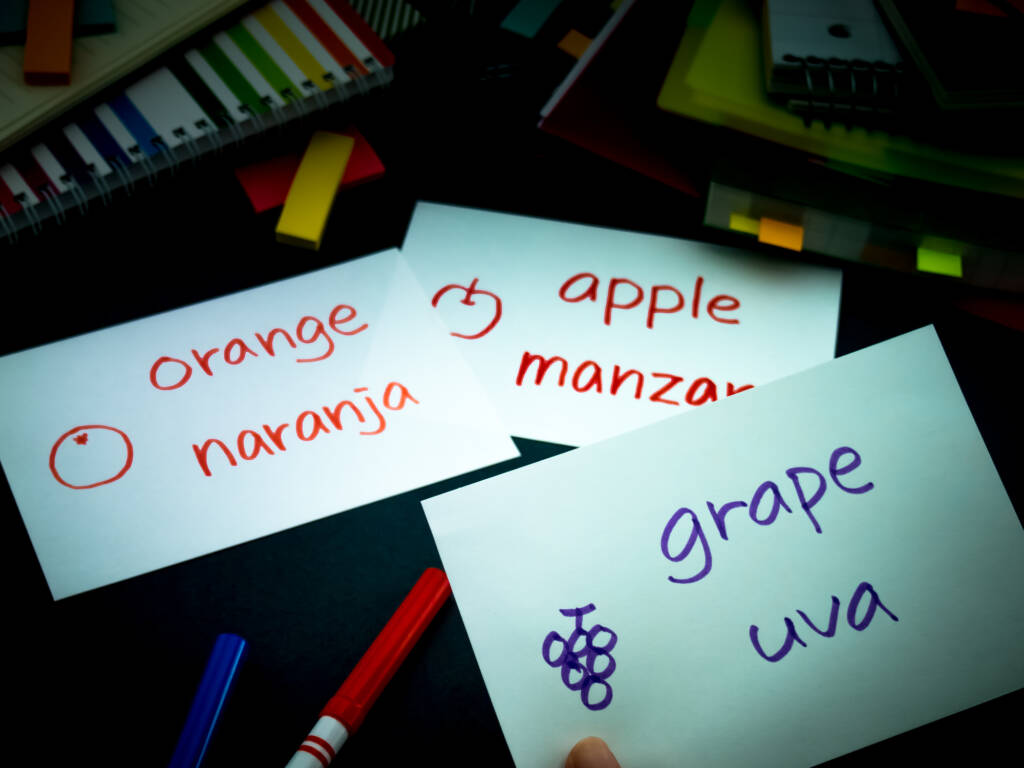
Elementary Spanish Introductory Level

Elementary Spanish is a fun and interactive way for students to learn about the Spanish culture and language. They will learn through engaging stories that help them understand the language in context. In the beginning, they will focus on listening and speaking skills, and later on, they will also learn to read and write in Spanish.
Elementary Spanish courses provide different types of learning materials and opportunities to practice speaking, reading, writing, and listening to the language. They also include reviews of previous lessons to reinforce learning. Each course is designed to connect students with the authentic culture of a specific Spanish-speaking region through art, celebrations, and traditions.
Please view the Elementary Parents Guide for Grades K-2 with guidance on helping your student transition to online learning and thrive at VLACS.
Major Topics and Concepts
Module One
- Mexican culture
- Greetings, introductions, and goodbye
- Farm animals
- Family and Pets
Module Two
- Transportation
- Food
- Numbers 1–10
- Nursery rhyme: La araña pequeñita
- Small and big
Module Three
- Body parts
- School supplies
- Mexican celebrations
- My bedroom
Module Four
- Activities with friends
- Shapes
- Sun, moon, and stars
- Parts of head and face
- The life and art of Frida Kahlo
Course Materials
All levels of Spanish require independent reading skills. We recommend students begin Spanish sometime during grades 2 or 3, depending on their reading level. Those who are not yet reading independently can take the course, provided an adult is available to read material to the student.
To achieve success, students are expected to submit work in each course weekly. Students can learn at their own pace; however, “any pace” still means that students must make progress in the course every week. To measure learning, students complete self-checks, practice lessons, multiple choice questions, projects, discussion-based assessments, and discussions. Students and families are expected to maintain regular contact with teachers because, when teachers, students, and parents work together, students are successful.
Required Materials – Please view the list of materials before registering.
Competencies
Comparisons, Counting, and Spanish Vocabulary for Transportation and Food
I can interpret modes of transportation in Spanish. I can interpret food preferences in Spanish. I can interpret numbers one to ten in Spanish. I can compare big and small animals in Spanish.
Conversational Phrases and Spanish Vocabulary for Animals, Colors and Family
I can interpret conversational phrases used in greetings in Spanish. I can identify farm animals of Latin American countries in Spanish. I can identify colors in Spanish. I can identify family members in Spanish.
Greetings and Spanish Vocabulary for Shapes, Facial Features and Activities
I can identify activities involving friends in Spanish. I can interpret shapes in Spanish. I can interpret greetings for day and night in Spanish. I can interpret the work of Mexican artist Frida Kahlo in Spanish. I can identify the parts of the face in Spanish.
Spanish Vocabulary for Body Parts, School Supplies, Celebrations and Bedroom
I can interpret parts of the body in Spanish. I can interpret school supplies in Spanish. I can identify the parts of a birthday celebration in Spanish. I can interpret items in a bedroom in Spanish.

